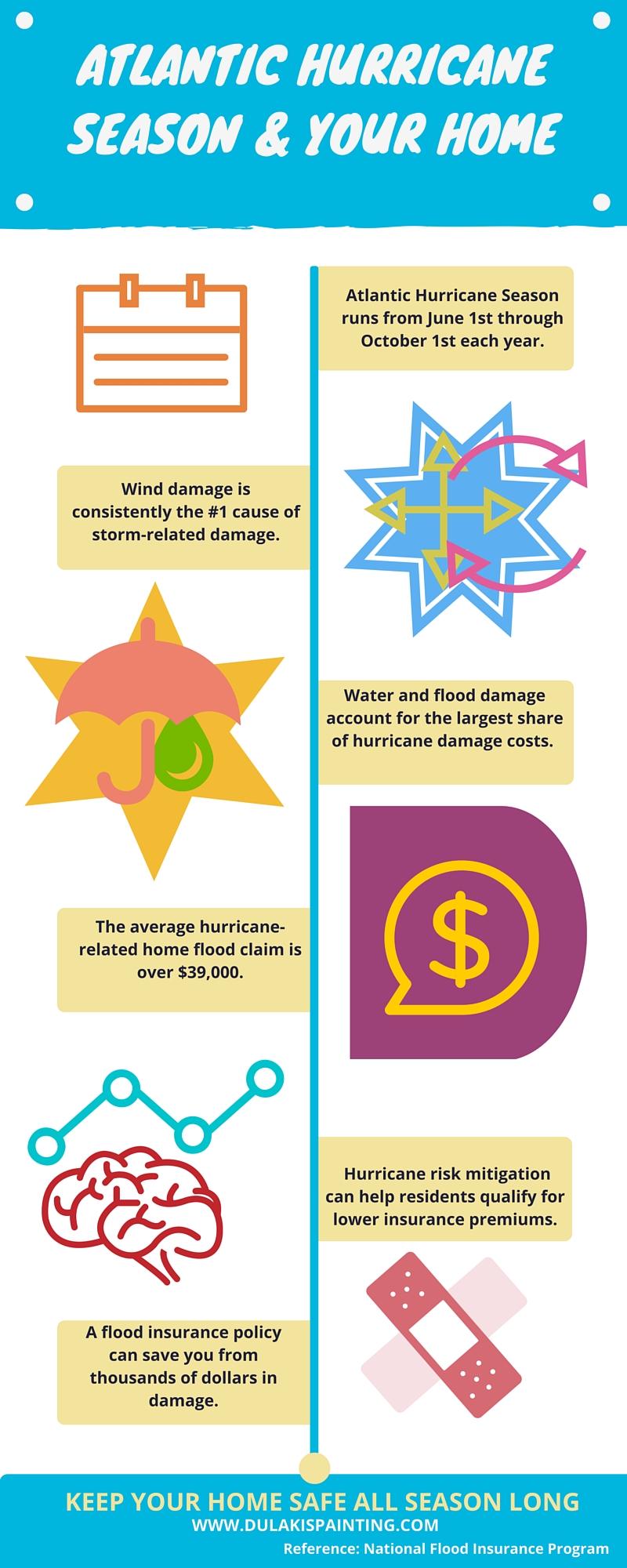Seasonal Factors To Consider For Industrial Outside Paint: What You Need To Know
Seasonal Factors To Consider For Industrial Outside Paint: What You Need To Know
Blog Article
Posted By-McLamb Celik
When you're intending a commercial exterior painting project, seasonal variables can make or damage your outcomes. You'll want to take into consideration exactly how temperature level and moisture impact paint application and drying times. Choosing the appropriate period can ensure your paint sticks appropriately and lasts longer. Yet which seasons are genuinely the very best for this kind of work? Let's check out the crucial elements that can impact your task's success.
The Effect of Temperature Level on Paint Application
When you're planning a commercial outside painting task, the temperature level can considerably influence just how well the paint adheres and dries out.
Preferably, you want to paint when temperatures range in between 50 ° F and 85 ° F. If additional resources 's too cool, the paint may not heal appropriately, leading to concerns like peeling off or cracking.
On the flip side, if it's as well warm, the paint can dry out as well rapidly, protecting against correct adhesion and leading to an irregular coating.
You should likewise consider the moment of day; early morning or late afternoon supplies cooler temperature levels, which can be more positive.
Constantly examine the producer's referrals for the certain paint you're using, as they frequently supply assistance on the ideal temperature array for optimal outcomes.
Humidity and Its Effect on Drying Times
Temperature level isn't the only ecological variable that influences your industrial external painting task; moisture plays a significant function too. High humidity levels can slow down drying out times dramatically, influencing the general high quality of your paint task.
When the air is saturated with dampness, the paint takes longer to treat, which can cause problems like bad attachment and a greater threat of mildew development. If you're painting on a specifically humid day, be planned for extensive delay times in between coats.
It's important to monitor local weather conditions and strategy accordingly. Ideally, go for moisture degrees in between 40% and 70% for optimal drying.
Maintaining these factors in mind guarantees your job stays on track and supplies a long-term finish.
Best Seasons for Commercial Exterior Painting Projects
What's the best time of year for your industrial exterior painting jobs?
Spring and very early loss are usually your best choices. During these periods, temperature levels are light, and humidity degrees are frequently lower, developing perfect problems for paint application and drying out.
Avoid summer season's intense heat, which can create paint to completely dry as well rapidly, bring about inadequate attachment and coating. In a similar way, winter months's cold temperature levels can impede correct drying out and treating, risking the durability of your paint job.
Aim for days with temperatures in between 50 ° F and 85 ° F for optimum results. Remember to check https://edgarorqmm.dgbloggers.com/35479682/queries-to-make-before-involving-a-paint-specialist forecast for rain, as damp conditions can wreck your job.
Planning around these elements ensures your paint project runs smoothly and lasts longer.
Conclusion
Finally, preparing your industrial exterior painting projects around seasonal considerations can make a substantial distinction in the end result. By organizing work throughout the suitable temperature levels and moisture degrees, you'll guarantee better bond and drying times. Keep in mind to keep an eye on local weather report and select the correct time of year-- spring and very early autumn are your best choices. Taking these actions will certainly aid you accomplish a durable and expert finish that lasts.
